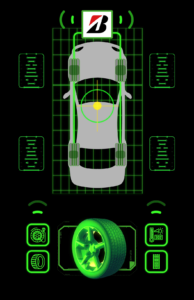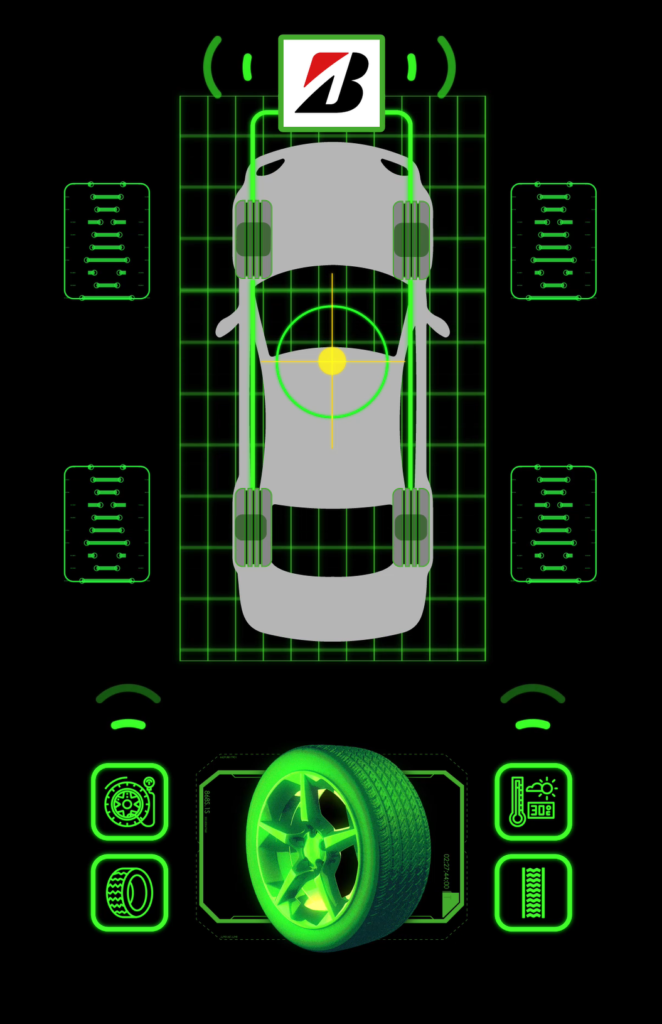Isn’t it time the market considered the full value proposition of intelligent tires, asks Dr Hans R. Dorfi, director, digital engineering, Americas Technical Center, Bridgestone Americas, ahead of his presentation at the Tire Technology Expo Conference in just a few weeks’ time.
 What will you be speaking about at Tire Technology Expo Conference 2020?
What will you be speaking about at Tire Technology Expo Conference 2020?
Bridgestone is committed to easier, safer, smoother and seamless mobility for our society and customers. Innovative tire technology is key to delivering on this commitment and will be an essential enabler as the mobility ecosystem is transforming.
Bridgestone is working at the forefront of the mobility transformation, which is driven by multiple converging megatrends such as ubiquitous connectivity enabling connected services, vehicle automation converging toward full autonomy, the sharing economy driving new business models in transportation, and electrification of the automotive powertrain enabling new vehicle platforms.
The role of tires in this future mobility ecosystem will become increasingly important to delivering a safer, smarter and efficient transportation experience that also improves social and environmental outcomes. The presentation will discuss the innovative digital technologies Bridgestone is developing to enable this future mobility experience.
What are the main things intelligent tires can contribute and why are these important?
Intelligent tires have sometimes been interpreted as tires with embedded sensors. This is clearly a point of view that is too narrow and does not address the value proposition of intelligent tires. In general, intelligence can be broken down into three elements: 1) the sensing or collecting of data, 2) the interpretation of the data to create insights, and 3) the actions that are taken to create value from these insights. As we interpret these elements in the context of intelligent tires, we start from the point of view of value creation for our customers and society, specifically in safety, efficiency, and seamless and convenient transportation.
From the value proposition we then define the insights and data intelligent tires need to provide to design an intelligent solution addressing a business need. Sensors in intelligent tires clearly play a role in terms of providing data; insights are created from digital tire twins (virtual replicas) of tires that interpret the data. The digital tire twins are physics-based models combining deep knowledge of the tire behavior with analytics to create insights and predictions that are then used to suggest specific intelligent actions. These intelligent actions can address and optimize the operation of the tire, the vehicle or the fleet.
Intelligent tires by their nature will be more expensive – is that a problem?
Innovations are only truly innovations when they simultaneously address technical feasibility, economic viability and customer needs. This also holds true for innovative intelligent tires. By starting from the value proposition of intelligent tires addressing customer pain points and opportunities, the added value for our customers is delivered as an innovative tire solution rather than an ‘add-on’ technology.

Are there other challenges with intelligent tires? How are you working to solve these?
As we see the mobility ecosystem evolving toward CASE fleets (connected, autonomous, shared, electric), the requirements for tires will be increasingly tailored toward specific usage profiles and the operating environments of these fleets. This will also lead to innovation in tire design to optimize the overall fleet performance.
Connected vehicles and intelligent tires will also allow us to optimize the operational conditions using predictive and prescriptive analytics and deliver further value to our customers. The insights from these connected transportation systems will also drive innovations in adjacent fields such as road surface quality monitoring or routing optimization.
What future developments are we likely to see in intelligent tires?
Bridgestone is focused on accelerating sustainable mobility innovations through advanced technologies and solutions, including intelligent tires. These intelligent tire solutions will follow an evolutionary trend starting with incremental changes to address today’s pain points toward comprehensive service and solution offerings for tomorrow’s transportation systems. New materials and new design concepts will be combined with sensing and digital twin models to deliver intelligent mobility optimized for continuous operation and an autonomous ride experience with a focus on safety, sustainability and efficiency.
 Dr Dorfi’s presentation will be part of the Tire Technology for the Vehicle Revolution stream, on Day 1 of the conference. View the full program here. Reserve your delegate pass now – booking fast!
Dr Dorfi’s presentation will be part of the Tire Technology for the Vehicle Revolution stream, on Day 1 of the conference. View the full program here. Reserve your delegate pass now – booking fast!



